Myhre Syndrome Story: This Girl is One in a Million
We all know that Leap Day is a rare occurrence, but did you know it is also Rare Disease Day? It’s a day to raise awareness, work towards cures, and find solutions for rare diseases.
This is the story of Miriam, a girl living with a rare disease, and her parents navigating the journey of raising a child with a rare disease. If you think your child might have a rare disease, check out some of the resources highlighted in the story.
Getting to know Miriam
Miriam is a vibrant, cheerful, and determined five-year-old living with Myhre Syndrome, (pronounced my-ree). It is so rare, less than 300 people are known to be living with it right now. She loves to swim, bike, play soccer, pretend to be a teacher, and make and eat cookies with her mom.
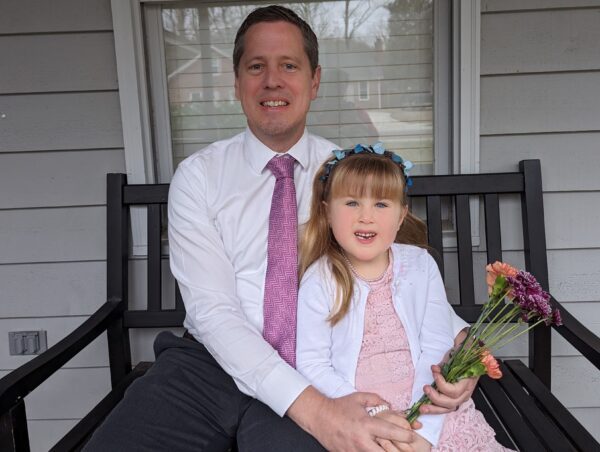
Starting on the rare disease journey
As an infant, Miriam’s parents could tell she was different. While every baby is unique, lots of Miriam’s differences were not good. Miriam didn’t use her hands or feet or mouth to explore her world. She didn’t babble or laugh when her mom played peek-a-boo or smile when her dad walked into the room. When she fell over or got stuck, she didn’t cry out for help.
Hearing that “early intervention is best,” Miriam’s mom reached out to the state’s early intervention program, and the local hospital.
In the US, federally-funded, state-run programs provide care to babies and toddlers up to three years old. Identifying delays early can significantly improve outcomes for children. You do NOT need a doctor’s referral to contact them!
Thanks to the early intervention program, Miriam was set up with therapists and case workers, and connected with pediatric specialists. Miriam scored in the 5-10 percentile in social, cognitive, emotional, and other skills, and was diagnosed with a “global developmental delay”, a placeholder diagnosis for something is wrong, but doctors haven’t identified the root cause.
By six months old, when most babies are celebrating milestones like first tooth, first foods, first time saying “ga ga”, Miriam experienced a bunch of rare “firsts” like first MRI, first blood draw, first genetic screenings.
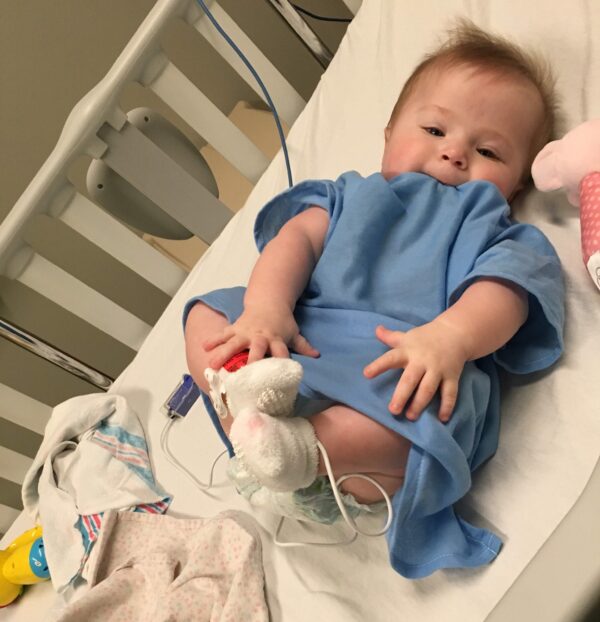
At 17 months, she was diagnosed with bilateral hearing loss and got hearing aids. This allowed her to be covered by Medicaid. Certain diagnoses can fast track a minor’s approval for Medicaid. Often referred to as TEFRA or “Katie Beckett”, this federally-funded, state-implemented program can be a remarkable financial resource. More information can be found online.
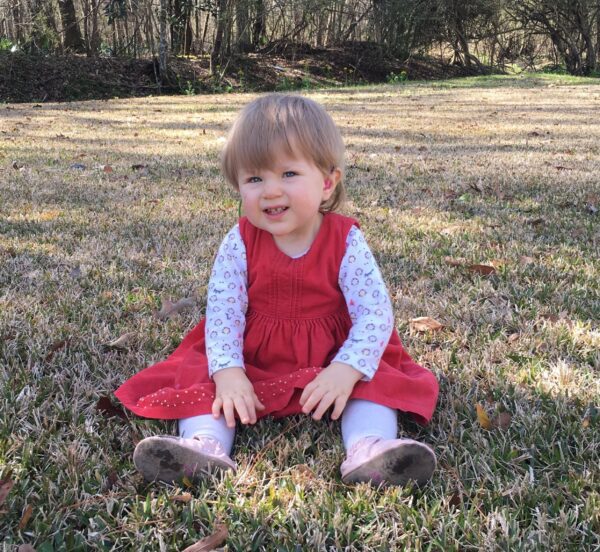
Getting the diagnosis
In February 2020, when the world was learning about COVID-19, Miriam’s parents finally got a diagnosis: Myhre Syndrome. They could hardly say the name, let alone understand what it meant for their daughter.
Myhre Syndrome is caused by a happenstance genetic mutation. It is a connective tissue disorder that impacts many parts of the body. Lungs, heart, skin and stomach issues are incredibly common. Hearing loss, short stature, intellectual delay or disability are very common as well. Complications lead to lower quality of life, stiff joints, scarring on the skin and internal organs, and often, early death.
When Miriam was diagnosed, she was around the 250th patient identified. That means, about 250 people in the world were known to have the rare, spontaneous genetic mutation.
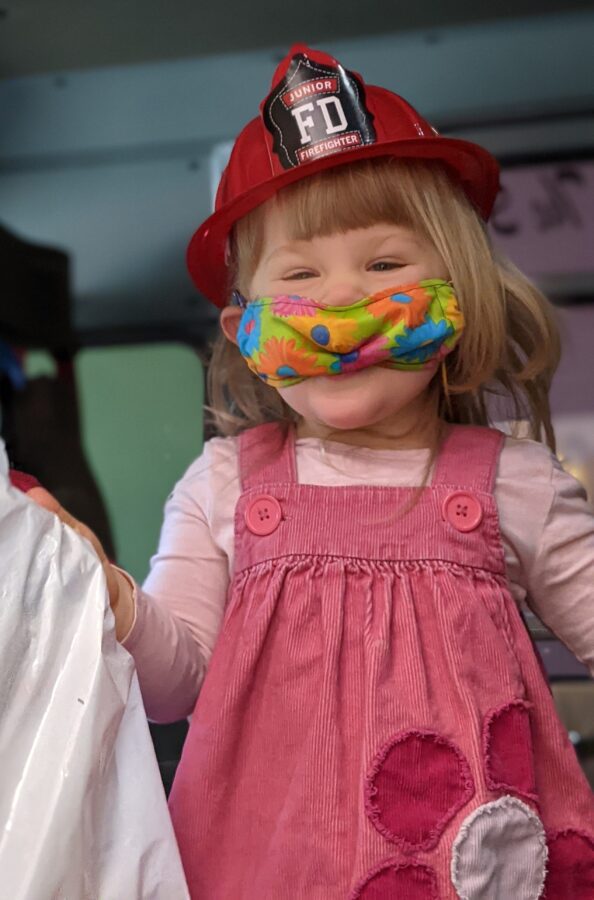
Learning to live with Myhre Syndrome
Learning to live with Myhre during COVID taught Miriam’s family to have more empathy. While others were adjusting to life with the virus, Miriam’s family took longer to feel comfortable doing regular things like going to church or stores or school. What may seem easy or commonplace to you can be overwhelming to someone else.
This is the world of dealing with a rare disease.
Miriam’s family adapted to the diagnosis, and the therapies, doctor’s visits, and health concerns that came with it. Little milestones such as sitting up, walking, saying “dada” or getting into the snack drawer were great victories. In a way, the challenges were a blessing as they helped the family cherish Miriam and each other so much more.
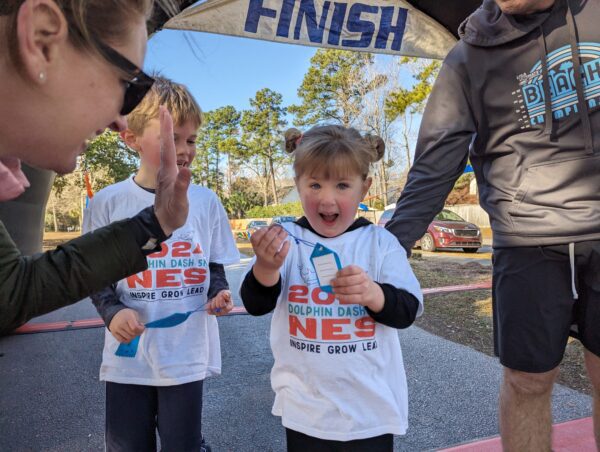
Because Myhre is such a rare disease, very little is known about it. When meeting new doctors, patients and parents often find themselves doing the educating.
Being a rare disease family means you make your own fortune. Sitting around will not cure Miriam or find medicines for health concerns she’s all but guaranteed to have. So, Miriam’s family got involved. Her dad joined the board of the Myhre Syndrome Foundation, a volunteer-led, non-profit organization that raises money for research and outreach. Her mom makes jam and cookies to sell locally, raising money and educating the community. One event brought in over $600, all of which was donated. Every cent makes a difference.
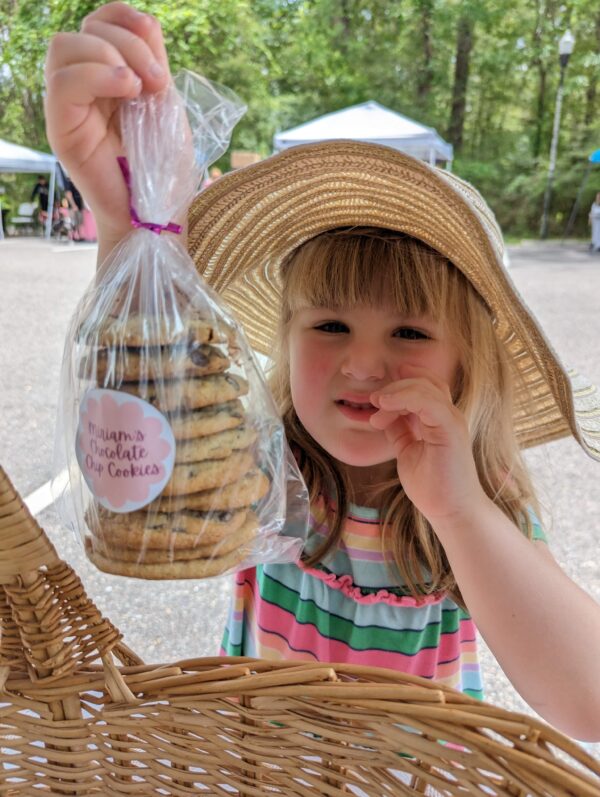
How things are going
This fall, Miriam started school and she has thrived! The school makes accommodations (required by law) like integrating Miriam fully in the classroom, which allows her to learn from her peers. Her classmates are her biggest advocates. They don’t judge her or make fun of her differences. They accept her for who she is, and she is one of them.
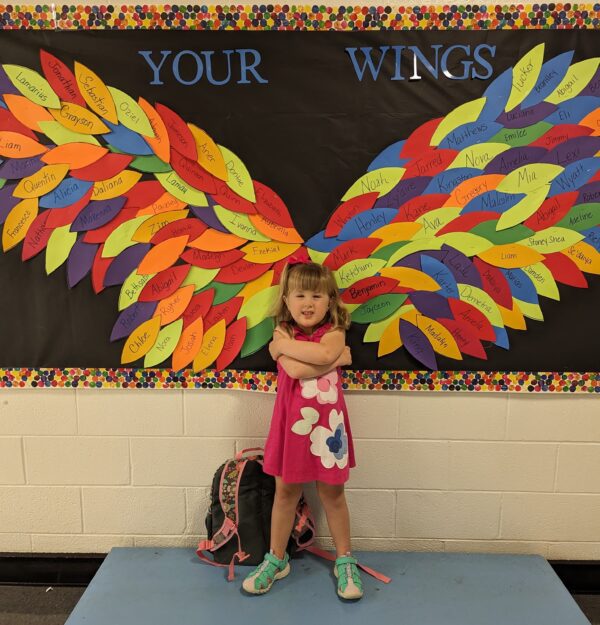
Miriam’s life is still unique. She spends about 10 hours each week in therapy. She has a Rolodex of doctors and caregivers. She’s at high risk for permanent damage to her heart and lungs from common bugs. She has a CPAP to help her sleep better, and she takes daily medication.
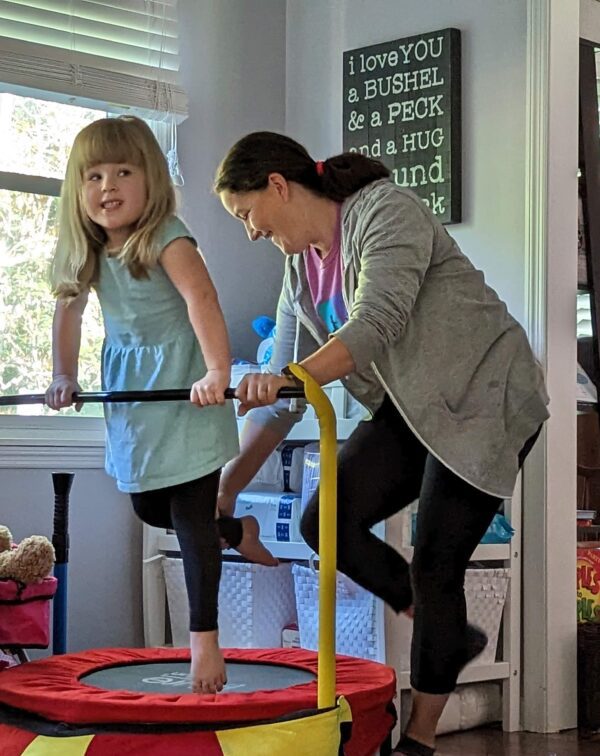
Miriam is a rock star! She loves to hike and swim, ride her bike, swing, and play soccer. Many things require a lot of assistance, shortcuts, and patience, but her family meets her where she is and provides workarounds whenever possible to help her live a “normal” life. She still can’t talk very well, but everyone can understand when she says “I love you!”
In many ways, her life is more challenging than most kids her age, but she doesn’t let her disabilities hold her back! She’s determined to do whatever she wants, and she will find a way to make it happen!
And that’s what makes her one in a million!

Can you help?
If you can help kids like Miriam, you can donate to the Myhre Syndrome Foundation. As a 501(c)3, it is eligible for matching donations through many corporate charity programs. You can easily donate directly at Miriam’s fundraising page. All money goes to the Foundation, which does wonderful work.
Here are some other charities that do amazing work. Thank you.





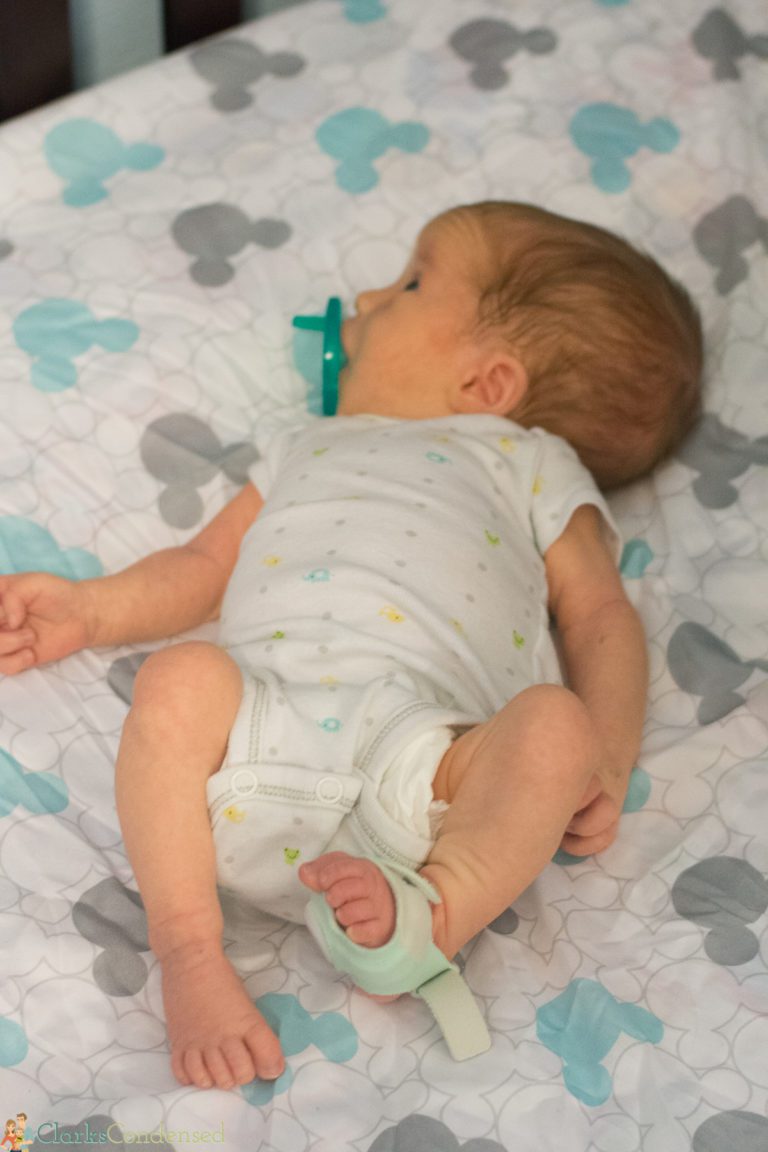
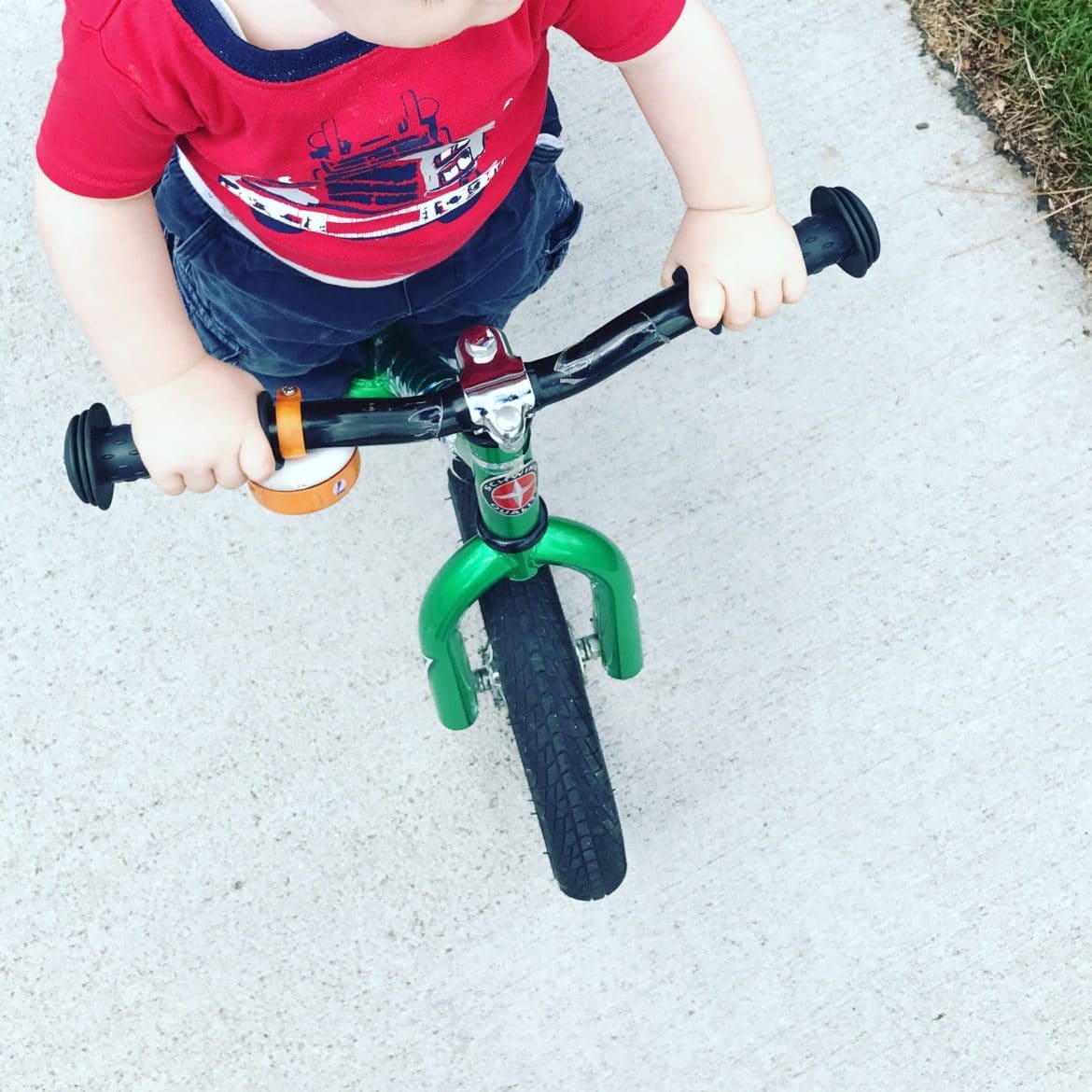
What an amazing story! After just meeting Miriam we can attest that she is a remarkably sweet little girl who is thriving due to the efforts of her loving parents and the resources they have found and are helping create for Miriam and other children with rare diseases. 💕